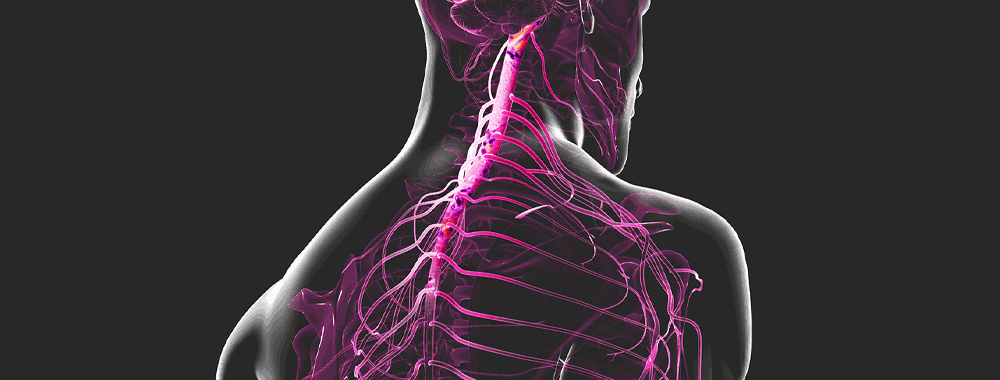

Explore our recent stories to see what drives us
Innovative research paradigms aim to better understand pain relief mechanisms
Networked Innovation

“Grünenthal trusts in open collaborations which bring together all the expertise needed to better understand, treat and manage pain. And we expect these collaborations to accelerate the development of novel medicines”
BioPain is a sub-project of IMI-PainCare, a unique public private partnership in pain research, which will contribute significantly to create a deeper disease understanding. BioPain aims to better characterize differences between the etiologies of acute and chronic pain, and subsequently to develop improved preclinical models which better reflect chronic clinical pain indications. As a first step towards a better understanding of the mechanisms of action, BioPain will identify and validate electrophysiological (threshold tracking, pharmaco-electroencephalography, spinal evoked potentials) and neuroimaging (functional magnetic resonance imaging, fMRI) biomarkers of the actions of three carefully selected analgesic drugs at peripheral nerves, spinal cords and brains of both rodents and healthy humans. The information will allow the development of quantitative relationships between drug exposure and target engagement, and between target engagement and therapeutic benefit.
Both BioPain and IMI-PainCare as a whole have been supported strongly by Grünenthal – our motivated team helped to generate protocols for the four foreseen multiple-site clinical studies, submitted them for regulatory approval and contributed strongly to the development of a detailed pharmacokinetic-pharmacodynamic modelling strategy for the acquired data. In recognition of our work, we are particularly proud that the academic lead of IMI-PainCare, Professor Rolf-Detlef Treede has remarked that BioPain is an unprecedented close cooperation between academia and the pharma industry, combining strong multi-national expertise in clinical trials, electrophysiology and fMRI studies with PK-PD modelling and complex statistical analyses. Building upon experience from the IMI-EuroPain consortium, public and EFPIA partners have cooperated closely from day one in the submission of the stage two proposal and in running this complex project based on a governance model proposed by Petra Bloms-Funke.
Knowledge of biomarkers of human pain will allow novel preclinical models to be developed which better reflect the clinical situation, and which will be used subsequently to identify new analgesics which translate more successfully from the laboratory to the clinic. Their use should also permit pain patients to be stratified into poor and good responders to individual drug interventions in clinical trials, and thus promise personalized therapies in future clinical practice.
Many academic groups and pharmaceutical firms are, together with support from smaller firms, participating in these efforts. As a global leader in pain research, we are proud that Grünenthal has played, and will continue to play, a leading role in establishing a wide range of essential requirements for the audacious ambitions of BioPain.
Further information can be found on the websites of the project: BioPain project IMI-PainCare Consortium